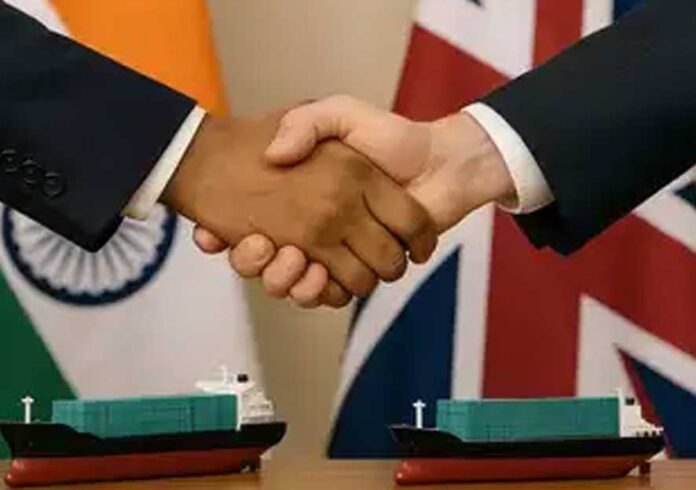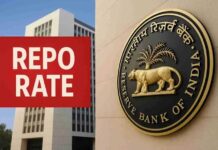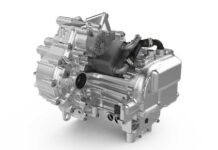
The recently finalized Free Trade Agreement between India and the UK introduces a Tariff Rate Quota (TRQ) mechanism, enabling progressive customs duty reductions over a 15-year period on a quota basis. This move is expected to significantly benefit imports of high-end British luxury car brands such as Aston Martin, Jaguar Land Rover, Rolls-Royce, Bentley, and McLaren, potentially boosting their presence in India’s premium automotive segment.
The India–UK Free Trade Agreement (FTA), signed during Prime Minister Narendra Modi’s official visit to the United Kingdom, is poised to make premium British cars more accessible to Indian buyers. Officially termed the Comprehensive Economic and Trade Agreement, the pact introduces a Tariff Rate Quota (TRQ) mechanism that will gradually reduce customs duties on a quota basis over a 15-year period.
This initiative is expected to provide a strong boost to the import of iconic British luxury marques such as Aston Martin, Jaguar Land Rover, Rolls-Royce, Bentley, and McLaren. Commenting on the development, Saket Mehra, Partner at Grant Thornton Bharat, noted that the phased duty reduction—from over 100% to as low as 10% within the quota—will significantly enhance the affordability of UK-built luxury vehicles in India. “In FY24, India imported passenger vehicles worth around $78.3 million from the UK, a figure that is set to grow considerably under the new tariff structure,” he added.
The agreement also includes a dedicated quota for electric and hybrid vehicles, reflecting the shift in UK manufacturing. On the components side, India exported auto parts worth $191.6 million to the UK and imported around $138.6 million in FY24. Tariff reductions are expected to enhance these trade flows. UK exports of auto parts and engines to India are projected to increase by about £190 million ($240 million), indicating a reciprocal benefit. However, Mehra cautioned that the treatment of the UK’s Carbon Border Adjustment Mechanism (CBAM) would be critical. “If Indian exports continue to face CBAM levies while UK goods enter India duty-free, it could impact the benefits India expects to reap from the FTA,” he added.
Boost for CBUs
Reports indicate that around 40% of Jaguar Land Rover (JLR) sales in India come from completely built units (CBUs) imported from the UK or other European production hubs—a segment that stands to gain significantly from the India–UK FTA. In FY25, JLR recorded its best-ever performance in India, selling 6,183 units and achieving an impressive 40% year-on-year growth.
Other British luxury brands also cater to niche but growing demand: Aston Martin, with prices starting at ₹3.29 crore, sold approximately 22 units in 2024, while Rolls-Royce sold 60 cars in 2023. Tata-owned JLR, however, is expected to be the biggest beneficiary of the agreement, given its larger volumes and strong presence in the Indian market. Alongside imports, JLR is also pushing for greater localisation, with vehicle production from its Tamil Nadu plant slated to commence by early 2026.
Commenting on the development, Shailesh Chandra, President of SIAM and Managing Director of Tata Passenger Vehicles Ltd & Tata Passenger Electric Mobility Ltd, said the FTA represents a significant step forward in deepening India’s trade ties with developed economies. “The commitments made by the Government of India on automobile sector tariffs strike a thoughtful balance—addressing consumer interests while supporting the broader goals of Indian industry,” he said. While the finer details of the trade deal are still being analysed, its impact on demand for UK luxury cars in India will unfold in the coming years









